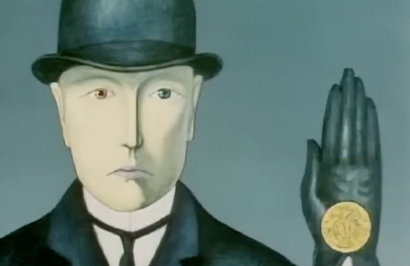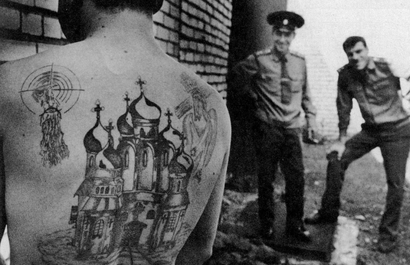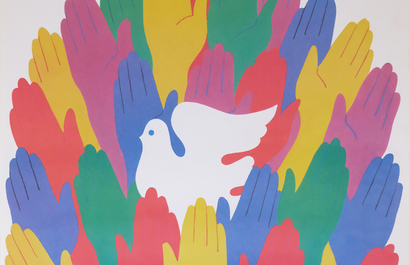Decoding the Most Common Symbols Found in Soviet Propaganda

Symbols are a powerful cultural language, used to convey complex ideas with simplicity and elegance. Soviet artists were masters of this language, using symbols in their art to create powerful and evocative images that could be understood at first glance. Their art was not only aesthetically pleasing, but also emotionally resonant, striking a chord with audiences and leaving a lasting impression.
Symbols were also used in Soviet art to convey hidden political messages. Because the state heavily censored art and media, artists often had to be subtle in their criticism of the government and its policies. By using symbols, artists were able to convey their messages in a way that was not immediately obvious to viewers, while avoiding government censorship.
Almost every Soviet propaganda poster features at least one symbol - whether hidden or in plain sight. Here are five famous symbols and their meanings:
1. Hammer and Sickle
The hammer and sickle represents the unity of the peasantry (sickle) and the working class (hammer). Combined, they represent the idea that all workers are united in their struggle for a better future. The hammer and sickle is often depicted in red, the colour of communism, and it is often surrounded by a wreath of wheat, symbolising abundance and prosperity.

2. State Quality Mark
The quality mark in the Soviet Union was a symbol that indicated that a product met certain quality standards set by the government. The symbol is the letter K (from Russian word Kachestvo) rotated on its side to look like a set of scales holding up the letters for the USSR (CCCP). It was used on a wide range of products to promote the idea that Soviet products were of high quality and could be trusted by consumers. The mark was also used to distinguish Soviet products from foreign products and to promote their supposed superiority.
3. The Bear
The bear is a national symbol of Russia and is associated with strength, power, and resilience. In Soviet propaganda, the bear was often depicted as a strong and mighty animal that protected the Soviet Union and its people from threats. It was also used to represent the Soviet people and their unity. But, bears in CYRK posters are often seen riding bikes or balancing on balls – symbolic shorthand critical of the USSR’s clumsy attempts at world domination. Soviet artists were creative and subtle in their criticism of the government and its policies, while still conveying the core principles of communism.
4. The Five Pointed Red Star
Each point of the star represents one of the five pillars of communism: the working class, the peasantry, the urban petite bourgeoisie, the national bourgeoisie, and the intelligentsia. Its colour represents the blood of workers who died for the cause of communism, and their revolutionary spirit. The star was depicted on posters, and was also displayed on state flags and emblems.

5. Lenin’s Face
Lenin was a key figure in the Russian Revolution and his image was used to promote communist ideology and to venerate him as a national hero. In Soviet propaganda, Lenin was often depicted as a strong and wise leader, guiding the Soviet people towards a brighter future. His image was used to inspire loyalty and devotion to the communist cause and to promote the idea that the Soviet Union was on the right path.
These symbols are visual representations of the ideas and principles that were central to the Soviet state. Their meanings give us insight into how the government used art to promote its ideology and shape public opinion. Browse our collection of vintage soviet posters here.






